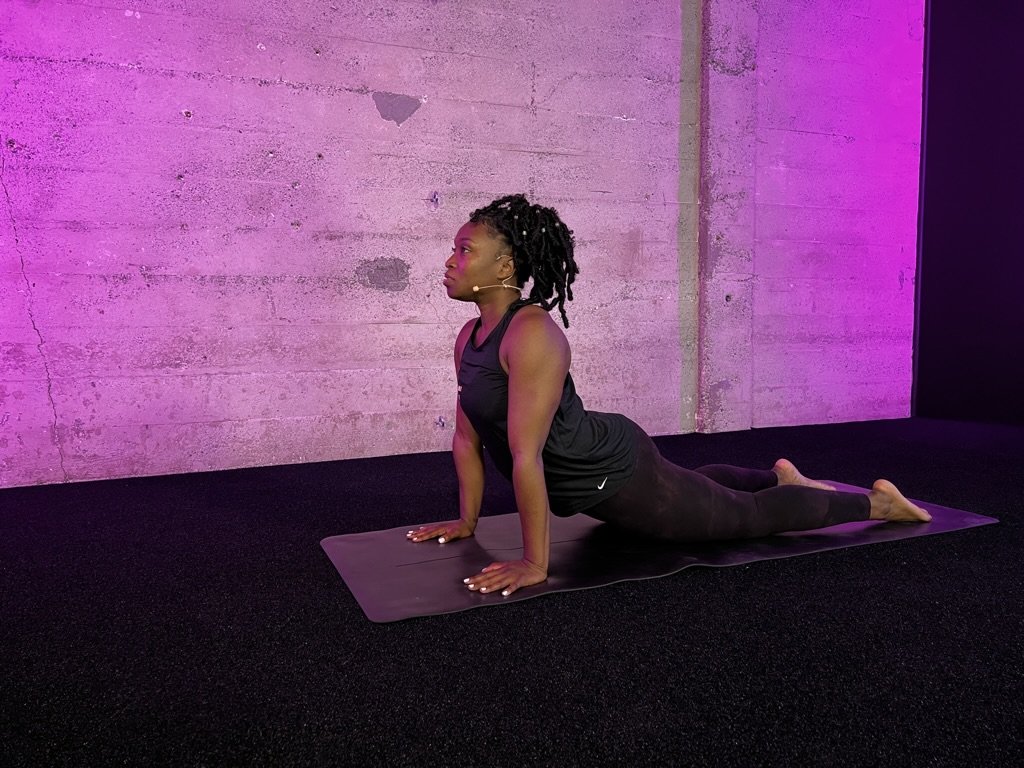Stretch, Roll, Recover: The Art of Post-Workout Recovery
After a challenging strength training session, your muscles need some much needed TLC. In this blog post, we'll dive into the secrets of recovery through stretching and foam rolling to ensure you're ready to bounce back for your next training session.
Stretching for Supple Muscles:
Stretching is like a soothing symphony for your muscles. It helps you:
Muscle Recovery: Relaxes and lengthens tight muscles, reducing the risk of post-workout soreness and aiding in the repair of micro tears in muscle fibers.
Improved Flexibility: Incorporating stretching into your post-strength training routine gradually increases your range of motion, which is essential for maintaining joint health and preventing stiffness after intense workouts.
Enhance Circulation: Increases blood flow to the muscles, delivering oxygen and vital nutrients needed for optimal recovery and helping flush out metabolic waste products generated during exercise, reducing the chances of cramping and muscle fatigue.
Foam Rolling: A Massage at Home:
A foam roller is like a personal masseuse you can call on anytime. Here are a few reasons why you need to get your roll on:
Releases Knots: Foam rolling aids in myofascial release, effectively targeting knots and trigger points in your muscles. This helps reduce muscle tightness and soreness, allowing for quicker recovery.
Improved Muscle Blood Flow: Rolling over muscles with a foam roller increases blood circulation to the areas you've worked on during strength training. This enhanced blood flow delivers oxygen and nutrients, aiding muscle tissue repair and removing metabolic waste products.
Enhanced Range of Motion: Foam rolling can help improve joint mobility and flexibility, which is especially valuable after strength training sessions that may leave muscles feeling tight. By rolling out, you can restore range of motion and reduce the risk of injury.
Dynamic Duo: Stretch and Roll:
Now, here's the secret sauce: combining stretching and foam rolling.
Dynamic Stretching: Begin with a 5-minute dynamic stretch to warm up your muscles and increase blood flow.
Foam Rolling: Roll over targeted muscle groups for 1-2 minutes each, focusing on any tight spots.
Static Stretching: Finish with static stretches to help improve flexibility and soothe muscles.
Recovery after a strength training workout doesn't have to be a long, complicated process. Embrace the power of stretching and foam rolling to expedite recovery. Your muscles will thank you with increased flexibility, reduced soreness, and a readiness for your next training session.
-
Behm, D. G., Blazevich, A. J., Kay, A. D., & McHugh, M. (2016). Acute effects of muscle stretching on physical performance, range of motion, and injury incidence in healthy active individuals: a systematic review. Applied Physiology, Nutrition, and Metabolism, 41(1), 1-11.
Cheatham, S. W., Kolber, M. J., & Cain, M. (2015). The effects of self‐myofascial release using a foam roll or roller massager on joint range of motion, muscle recovery, and performance: a systematic review. International Journal of Sports Physical Therapy, 10(6), 827-838.

